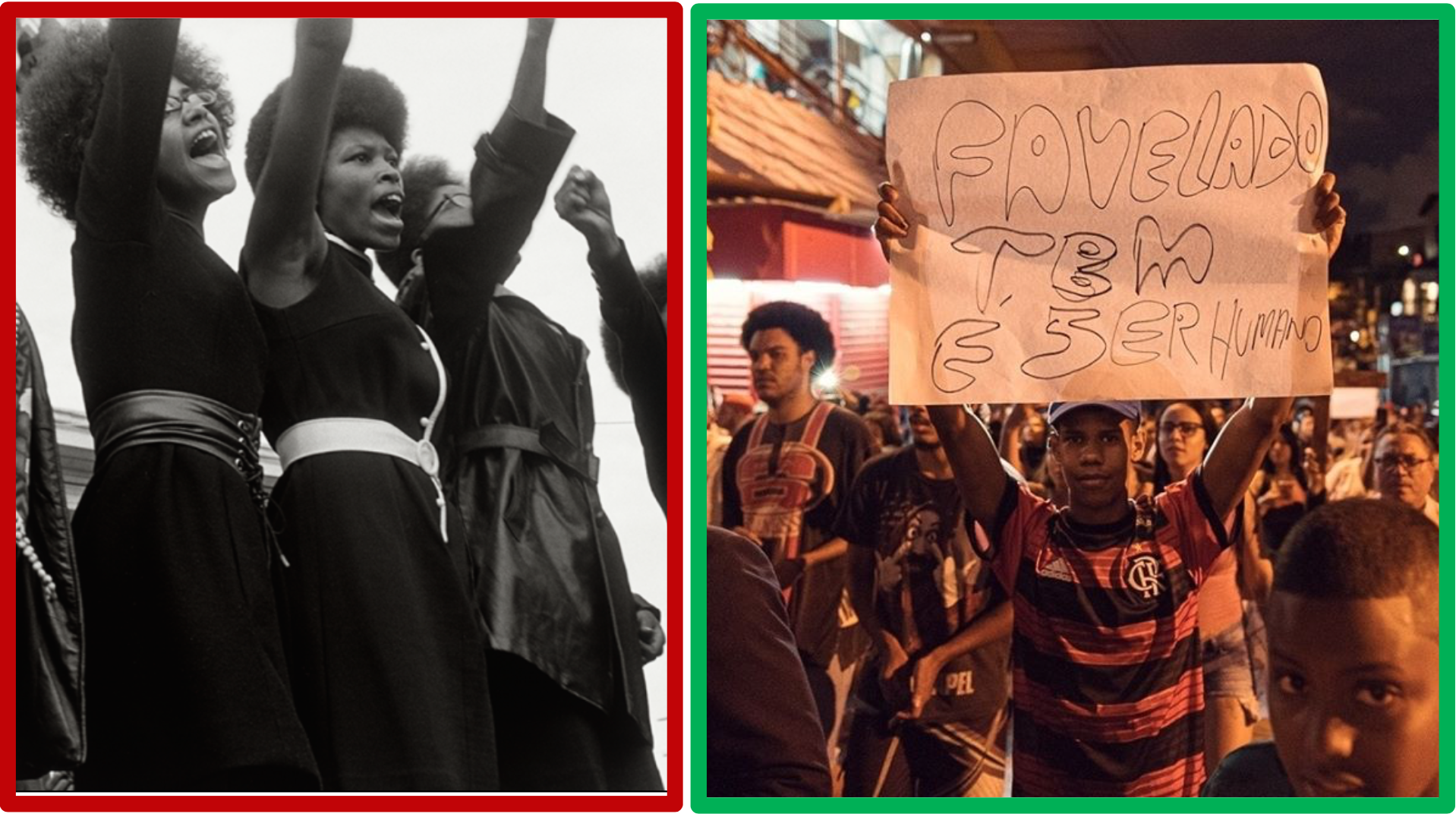
Intro to Africana Studies FA21 (AFST-10000-01)
AFST 10000. INTRODUCTION TO AFRICANA STUDIES Interdisciplinary foundation course presents overview of the historical, social, psychological, political, economic, and cultural experiences of all the major branches of people of African descent. Course focuses on the contributions and achievements of Africana people, with some emphasis on African Americans, and it explores the concerns as well as the challenges they face. Students are introduced to African-centered perspectives of prominent continental and diasporic scholars, artists, and activists, who mostly challenge the tenets and assumptions of the dominant cultural and intellectual paradigms. [AH, C, D, HSS]
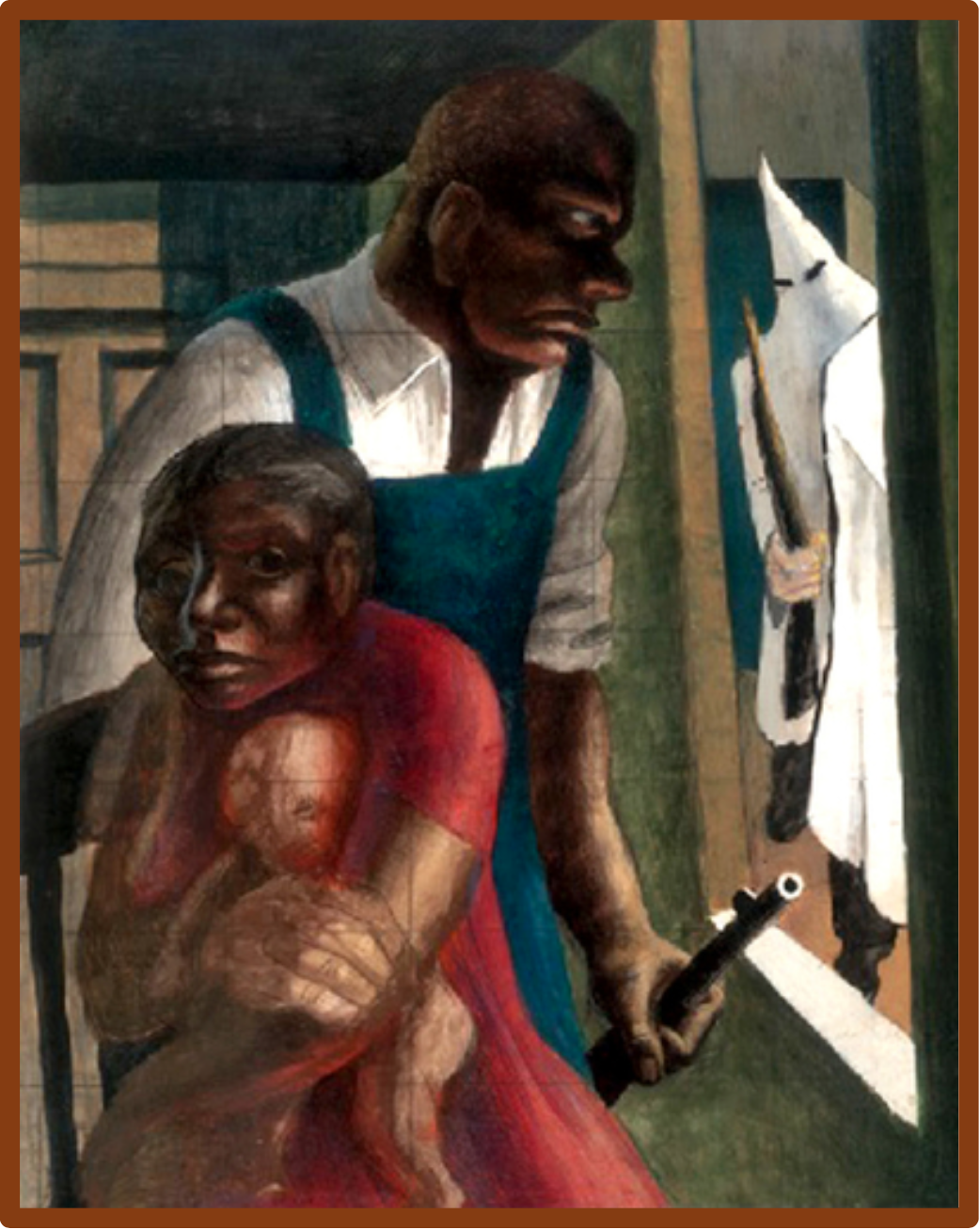
Racism 101 FA21 (AFST-21300-01)
AFST 21300. RACISM 101 Americans have historically found it difficult to discuss issues of racism openly. This course examines the historical foundations of racism towards Blacks as a vestige of chattel slavery in the United States. It explores various manifestations of racism in Black-White relationships in contemporary American society. [C, D, HSS, W]
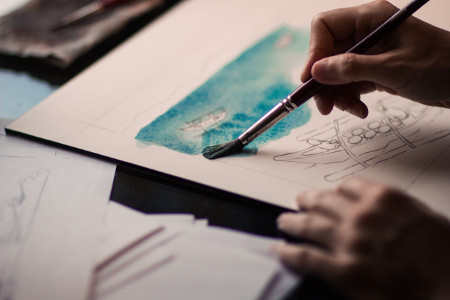
Independent Study Thesis FA21 (AFST-45100-01)
AFST 45100. INDEPENDENT STUDY THESIS The first semester of the Senior Independent Study project, in which each student engages in creative and independent research guided by a faculty mentor and which culminates in a thesis and an oral examination in the second semester.
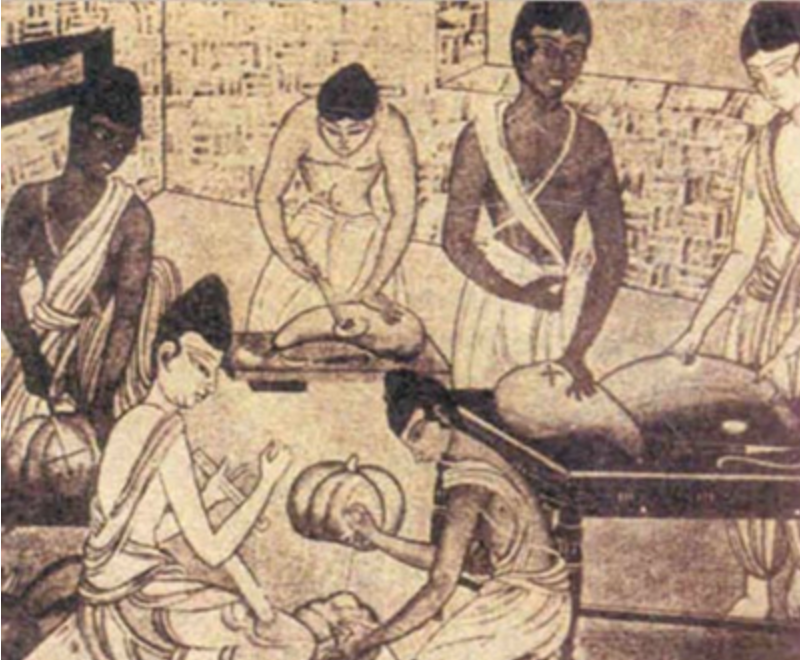
History of Ancient Medicine FA21 (AMST-22600-01)
AMST 22600. HISTORY OF ANCIENT MEDICINE A survey of medical practices and the cultural implications of these practices in the ancient world. An examination of medical writings and material evidence in ancient Egypt, India, China, Greece, Rome, and Europe. Topics of inquiry include medicine and gender, class ideologies, shamanism and magical practices, surgical instruments and artifacts, and theories of medical treatments. Students are required to attend several extra lectures by practicing physicians and scientists on subjects such as Chinese medicine and acupuncture, alternative healing therapies, the intersection of modern and ancient healing practices, and theories of gynecology and obstetrics. [AH]
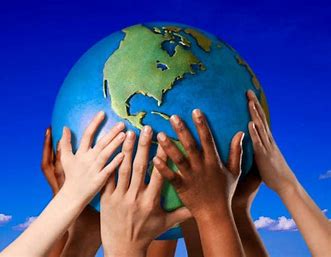
Intro to Anthropology FA21 (ANTH-11000-01)
ANTH 11000. INTRODUCTION TO ANTHROPOLOGY An introduction to the five fields used by anthropologists to explore broadly the variety of human groups that have developed across the globe and throughout time. The five fields include biological, cultural, linguistic, applied anthropology, and archaeology. The course will prepare students to take a holistic perspective on contemporary human cultures. It will also foster an appreciation of cultural relativity in the sense of understanding other cultures in their own terms as coherent and meaningful designs for living. [C, D, GE,HSS]
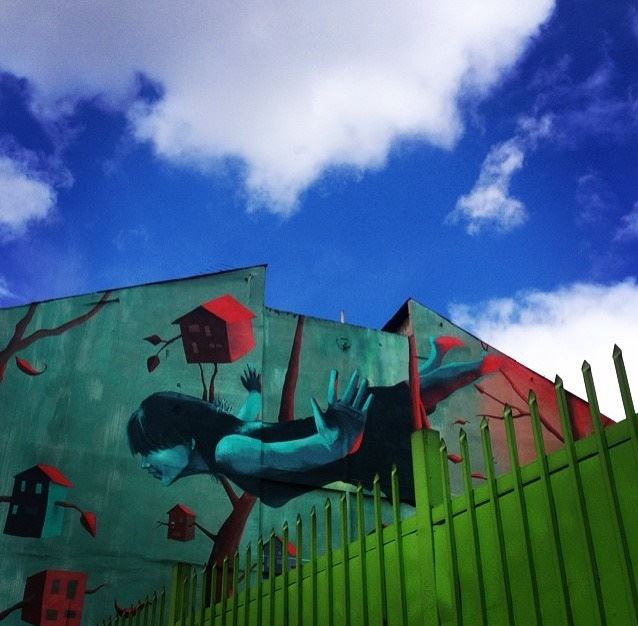
Intro to Anthropology FA21 (ANTH-11000-02)
ANTH 11000. INTRODUCTION TO ANTHROPOLOGY An introduction to the five fields used by anthropologists to explore broadly the variety of human groups that have developed across the globe and throughout time. The five fields include biological, cultural, linguistic, applied anthropology, and archaeology. The course will prepare students to take a holistic perspective on contemporary human cultures. It will also foster an appreciation of cultural relativity in the sense of understanding other cultures in their own terms as coherent and meaningful designs for living. [C, D, GE,HSS]
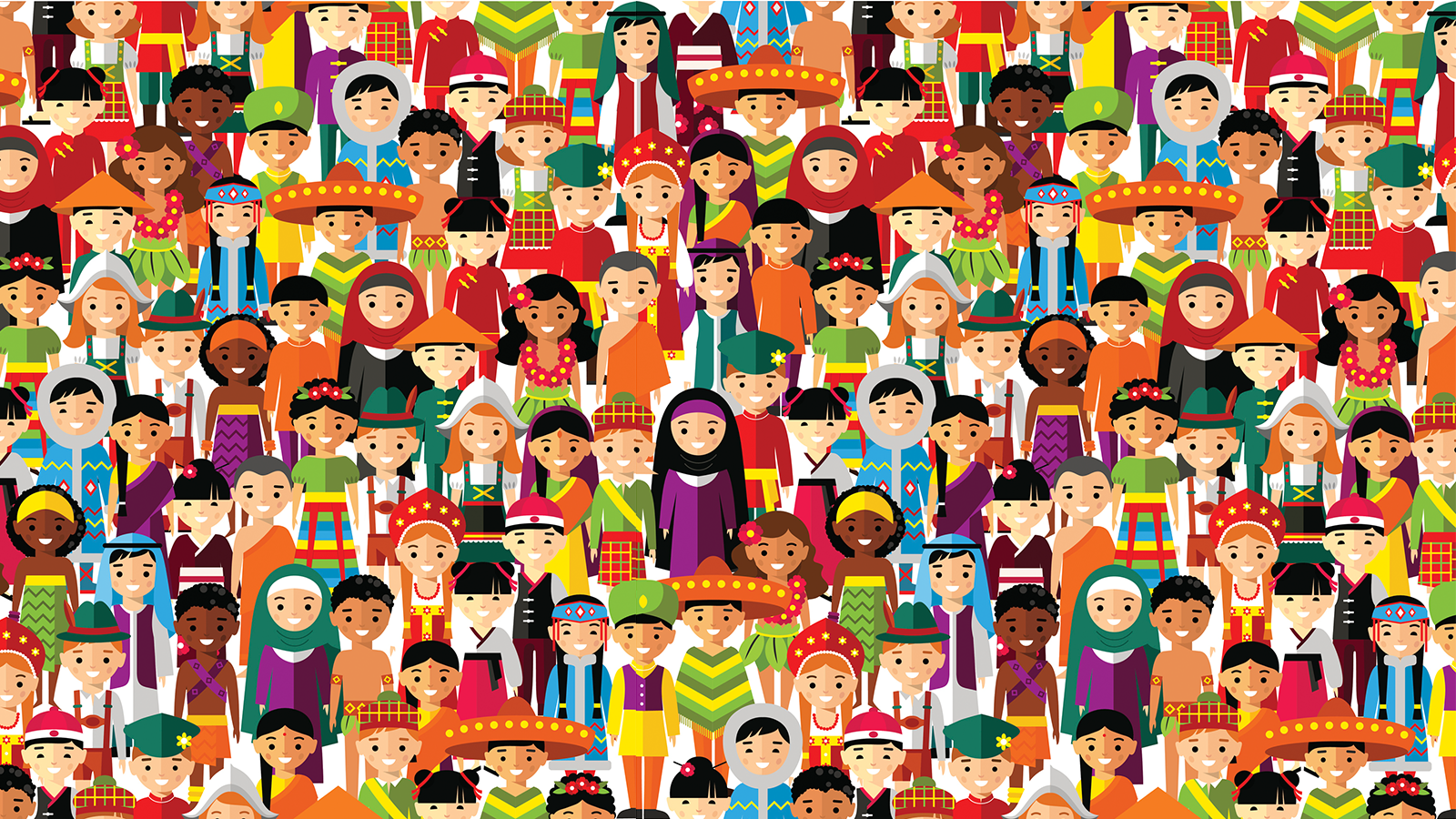
Intro to Anthropology FA21 (ANTH-11000-03)
ANTH 11000. INTRODUCTION TO ANTHROPOLOGY An introduction to the five fields used by anthropologists to explore broadly the variety of human groups that have developed across the globe and throughout time. The five fields include biological, cultural, linguistic, applied anthropology, and archaeology. The course will prepare students to take a holistic perspective on contemporary human cultures. It will also foster an appreciation of cultural relativity in the sense of understanding other cultures in their own terms as coherent and meaningful designs for living. [C, D, GE,HSS]

Magic, Witchcraft & Religion FA21 (ANTH-23000-01)
ANTH 23000. MAGIC, WITCHCRAFT, AND RELIGION Focuses on anthropological approaches to the study of cultural beliefs in the sacred: analysis of what is "religious" in many cultures; covers a variety of anthropological topics related to these practices, including myth, ritual, totemism, magic, and shamanism. Examination of the role that the study of religion, magic, and witchcraft has played in the theoretical development of anthropology. [C, HSS, R]

Peoples/Cultures: Contemp US FA21 (ANTH-23110-01)
ANTH 23110. PEOPLE AND CULTURES: CONTEMPORARY U.S. This course is designed as a general survey of some of the rich cultural traditions found in contemporary America. Each of these cultures is a product of their unique heritage combined with the influences of the colonial and contemporary elite power structures of Euro-American traditions. The readings and lectures focus on the multiplicity of beliefs that comprise an American culture, particularly those aspects that are concerned with the interrelationships between social structure, economics, politics, and religion. The readings and movies also provide differing perspectives on the cultural construction of festivals, landscape, gender, and race in terms of these social institutions. In addition, this course offers you an opportunity to explore many aspects of the discipline of cultural and social anthropology. Major theoretical issues in the anthropological consideration of the United States presented in this course include: fieldwork methodologies, symbol
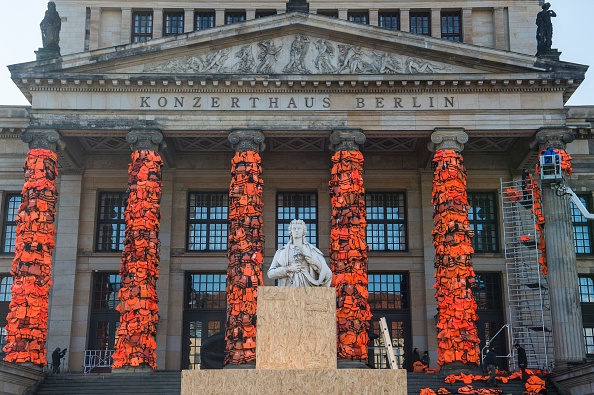
Migration, Globalization, & Tr FA21 (ANTH-29904-01)
ANTH 29904. MIGRATION, GLOBALIZATION, & TRANSNATIONALISM This course examines how meaning is made, and changes, through circulation as gestures, objects, people and ideas move across boundaries. The ways different communities interpret ideas, objects, and practices vary, and understanding these differences are key to understanding how social systems and power systems are created and reproduced. After introducing core theories of globalization and transnationalism, our course readings focus on a variety of contexts where bodies, objects or ideas cross borders and boundaries: migration for labor or citizenship, conversion and religious diffusion, transnational NGOs and development, international environmental movements, and the circulation of media, images, and transnational art exhibitions.
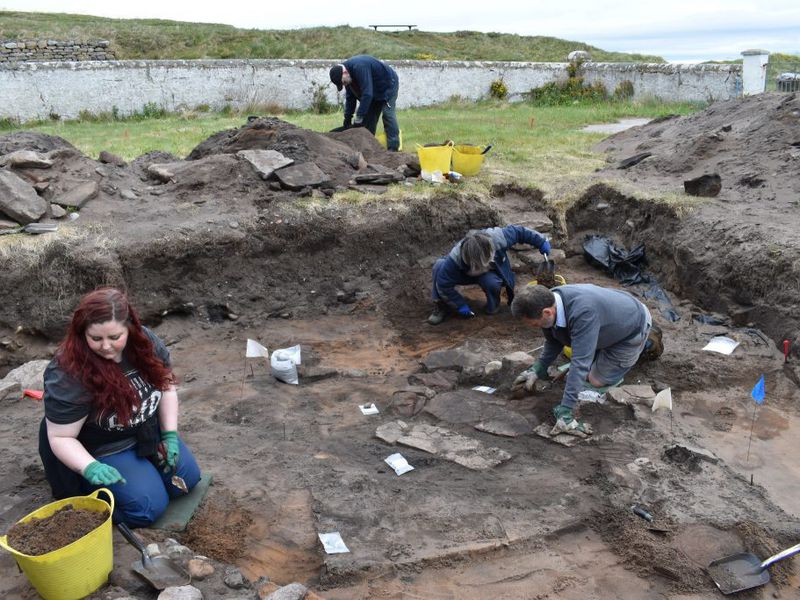
Intro to Archaeology FA21 (ARCH-10300-01)
ARCH 10300. INTRODUCTION TO ARCHAEOLOGY As an overview of the discipline, this course includes study of the historical development of archaeology, consideration of basic field and analytical methods, and a review of world prehistory beginning with the emergence of the first humans to the rise of civilization. Emphasis is on how archaeologists reconstruct past societies out of fragmentary evidence. Required prior to ARCH 35000 and recommended prior to other courses listed under Archaeological Perspectives and Methods, which best serve as specialized case studies. [D, HSS]

Art Hist: Prehistory-Medieval Metacourse FA21 (ARTH-10100-MC)
ARTH 10100. INTRODUCTION TO ART HISTORY: PREHISTORY-MEDIEVAL An introduction to the art and architecture of the Western world from prehistory through the medieval period. The course will provide foundational skills (tools of analysis and interpretation) as well as general, historical understanding. It focuses on a select number of major developments in a range of media and cultures, emphasizing the ways that works of art function both as aesthetic and material objects and as cultural artifacts and forces. Issues include, for example, sacred spaces, images of the gods, imperial portraiture, and domestic decorations. [AH]

Late Medieval Art FA21 (ARTH-20700-01)
ARTH 20700. LATE MEDIEVAL ART This course introduces students to art and architecture of c.1000-1400 CE in western Europe and the Byzantine Empire and considers a variety of art historical approaches toward the study of objects (style, iconography, technique, etc.) and their cultural contexts. Key socio-historical themes and their impact on the arts will be addressed including pilgrimage,the Crusades, monasticism, feudalism, the role of women as artists and patrons, and cross-cultural artistic exchange. The course will cover a wide range of monuments(monasteries, cathedrals, castles and palaces)and a variety of artistic media (manuscripts,textiles, mosaics, frescoes, ivory, and metalwork). [AH, R, W]
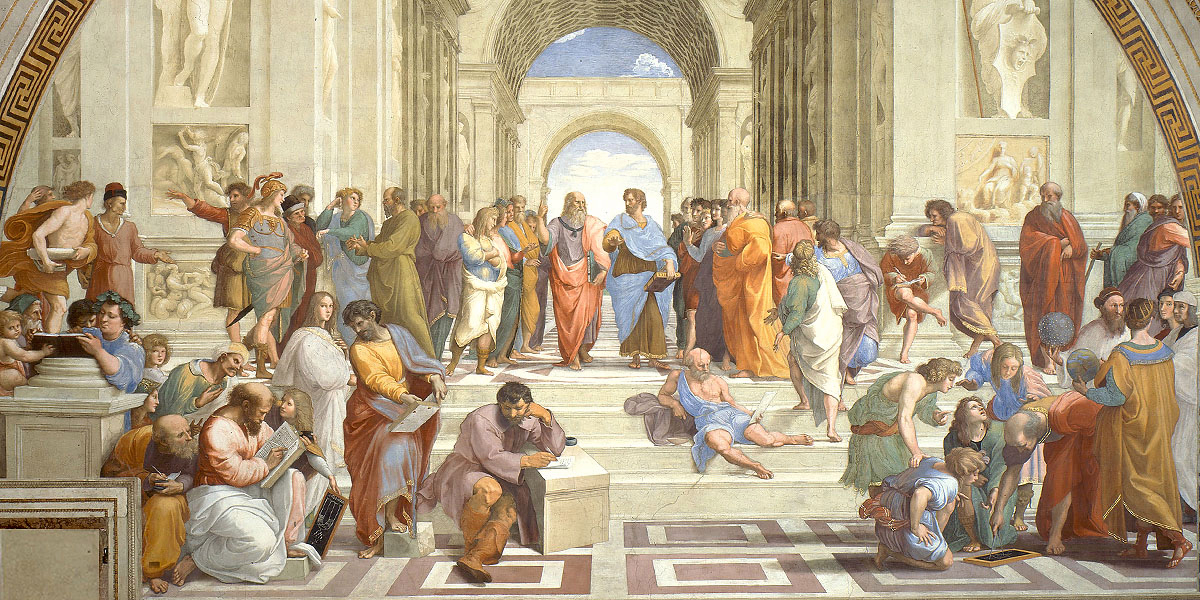
Italian Renaissance Art FA21 (ARTH-20800-01)
ARTH 20800. ITALIAN RENAISSANCE ART This course aims at an understanding of Renaissance art by seeing it in relation to broader shifts in the culture of Italy over the course of the fifteenth and sixteenth centuries. We will study diverse genres of visual representation and the different social spaces where art was displayed. We will follow the careers of major masters like Michelangelo, Raphael and Titian while also exploring the urban centers-Florence, Rome, Venice-where these artists and many others not as well known, produced their works in response to the demands of patrons and institutions (in particular, the Catholic Church). Transformations in artistic practices and representational forms will be related to specific religious, social, political, economic and cultural conditions. [AH, R]
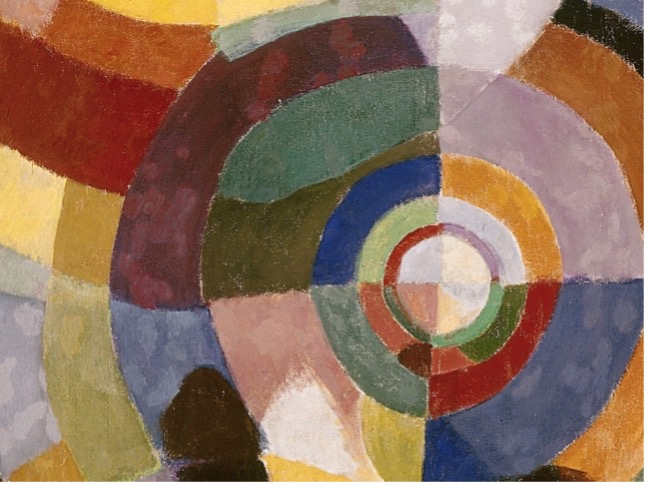
Modern Art FA21 (ARTH-22200-01)
ARTH 22200. MODERN ART Examines developments in European painting and sculpture between approximately 1885 and 1950, including selected moments in American art after the turn of the twentieth century. The course will consider major modernist artists and movements that sought to revolutionize and renew vision and experience from FAUVISM to Abstract Expressionism. Issues include modernisms interest in primitivism and mass culture, theoretical rationales for abstraction, and the impact of industrial production and two world wars on the production and reception of art. [AH]
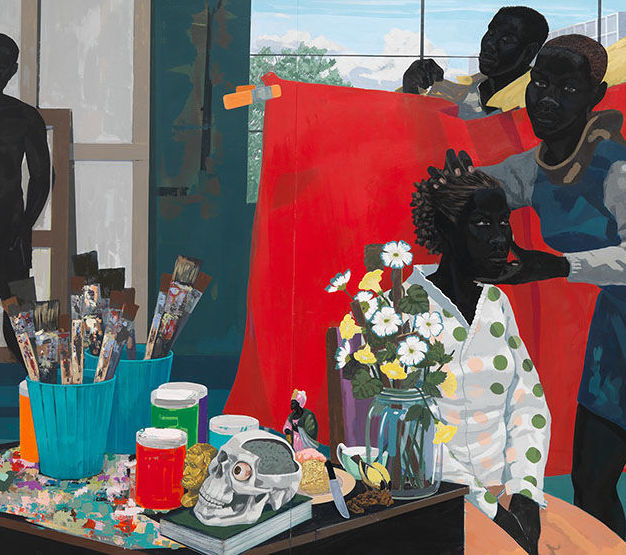
African-American Art FA21 (ARTH-23000-01)
ARTH 23000. AFRICAN-AMERICAN ART Explores artistic production by and about peoples of African descent living in the United States, from emancipation to the present. Emphasis on the Harlem Renaissance, expatriate black experience in Paris, art and the New Deal, the civil rights movement and black nationalism, and recent identity politics. The course also considers the idea of a black aesthetic and its impact on American art. [AH, C]

Introduction to Drawing FA21 (ARTS-15100-01)
ARTS 15100. INTRODUCTION TO DRAWING This course introduces students to various media and methods of freehand drawing. To advance their understanding of the visual and verbal language of drawing, students engage in a series of topical exercises each combining a slide presentation and group discussion and a drawing assignment. Various approaches to representational drawing, which may include figure drawing, are explored. This course is recommended as the first course in studio art. There are six hours of weekly class time. [AH]

Introduction to Painting FA21 (ARTS-15300-01)
ARTS 15300. INTRODUCTION TO PAINTING Students are introduced to the fundamental painting techniques and principles of color. In the process, they explore issues of subject matter and content as well as the role of painting today. The course is organized around a schedule of studio work, critiques, and discussion of artists works. Six hours of weekly class time. [AH]

Introduction to Photography FA21 (ARTS-15900-01)
ARTS 15900. INTRODUCTION TO PHOTOGRAPHY This course introduces the student to the technical and aesthetic issues of basic black and white photography. The class assignments are designed to emphasize the versatility of the medium and to promote individual expression. Basic camera operation, black and white processing and printing techniques will be covered. Group critiques are scheduled regularly to develop analytical skills and to provide an arena for the photographer to discuss his or her intent. Six hours of weekly class time that include lecture, demonstrations, digital slide presentations, group critiques, and in-class work time. [AH]
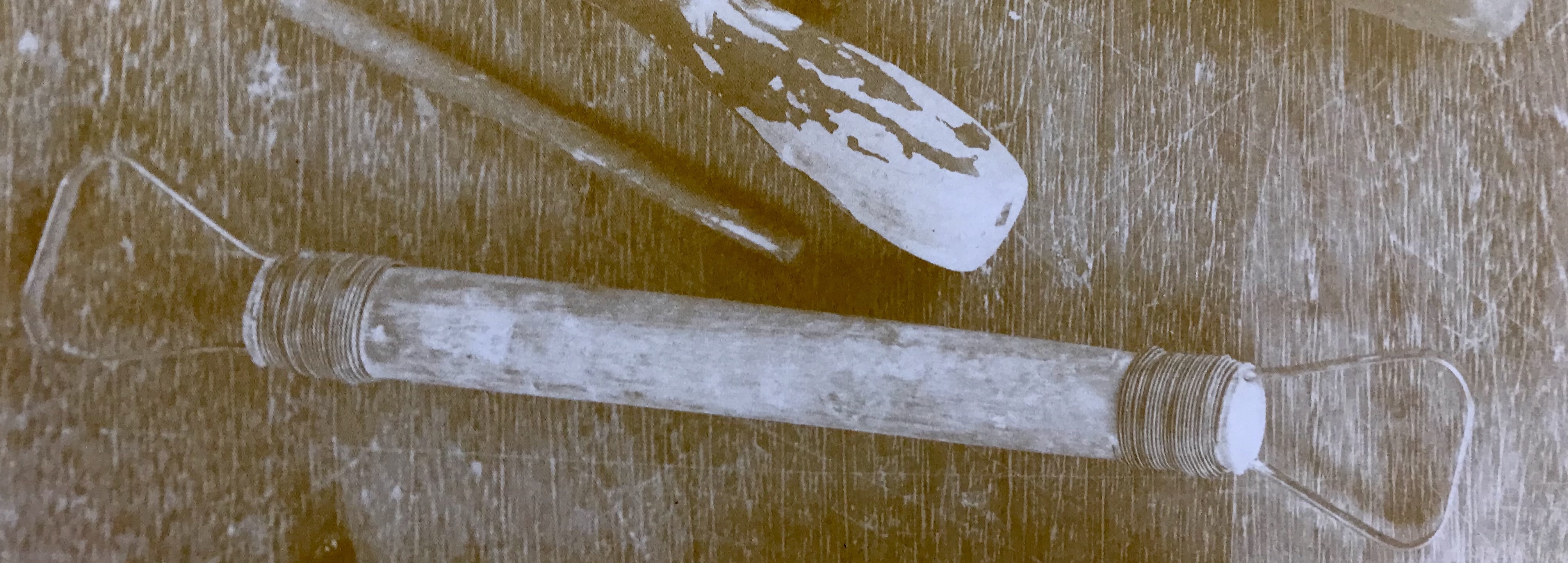
Introduction to Ceramics FA21 (ARTS-16500-01)
ARTS 16500. INTRODUCTION TO CERAMICS This course introduces concepts and methods for working with ceramics as a medium for creative expression. Students will explore various hand-building, surface development, and firing techniques to create both utilitarian and sculptural objects. Image presentation and discussions will introduce students to the contemporary and historical role of ceramics. Six hours of weekly class time that includes lecture, technical demonstrations, image presentations, group critique, and in-class work time. [AH]